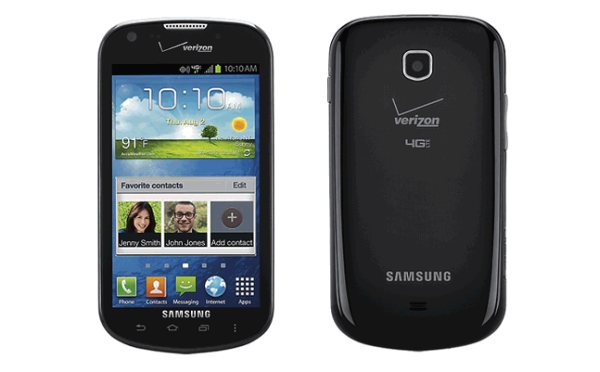 In America “free” means free, right? Wrong. Retailers are advertising “free” smartphones when you sign-up for a two year contract. Sounds like a great deal, until you read the fine print. In an effort to make back the money they’re losing, retailers still charge consumers a tax on their “free phone.”
In America “free” means free, right? Wrong. Retailers are advertising “free” smartphones when you sign-up for a two year contract. Sounds like a great deal, until you read the fine print. In an effort to make back the money they’re losing, retailers still charge consumers a tax on their “free phone.”
The state of Massachusetts and many others have said customers must still pay the sales tax of the original retail price of any “free” smartphone. This is an example of how retailers are really getting their money.
ABC Fox news recently reported, “A perfect example would be the Samsung Galaxy Stellar smart phone. It’s free with a 2 year service agreement. But the retail price is $350. So, you’d pay 6.25 percent of 350 dollars – or about $22.”
Granted, $22 for a $350 smartphone may still seem like a pretty good deal, though not what was originally expected. Customers may be irritated, but in the end satisfied with their money saving purchase. But there’s still another hook to set in the retailer’s game.
There is also a service charge to pay. This can run the originally “free” item up another $30 dollars. And don’t forget about a smartphone’s apps, pictures, bandwidth and accessories it needs to be anything more than a paperweight. All of these extra add-ons will cost consumers to operate and store.
Retailers are taking advantage of these sales as well. In recent years, smartphone retail prices have exploded, meaning the sales tax is higher and consumers are suckered into paying money they thought they were saving.
Though, some consumers still feel there is a deal to be had, considering in our example, a customer would still only pay $52 for a $350 smartphone with service charges. But most others are irritated with the outright lies.
Why can’t retailers tell customers the truth? Would it be so difficult to advertise a $298 savings on a $350 Samsung Galaxy Stellar smartphone with the sign up of a two year contract? This still seems like a steal in most people’s eyes.
But no. There has to be some sort of catch. Perhaps retailers find when they advertise an honest deal, people are less inclined to bite. Maybe this is why retailers find the need to pull the old ‘bait and switch’. One thing is for certain, smartphone consumers feel duped after falling for a retailer’s “free” cell phone scam.
It seems the only truly free phone is through government aid programs, like Lifeline. In order to get an honestly free phone, people have to honestly need one. The Lifeline program works to provide free cell phones and cell phone service plans to those who could otherwise not afford one.
Lifeline began in the 1980s under the Reagan administration. Back then, Lifeline only provided landlines, one per household, to eligible individuals who met a rigorous list of qualifications.
In 2005-2008 under the George W. Bush’s administration, Lifeline updated its program. The update included the wave of the future in communication technology; the cell phone. As landlines were becoming increasingly obsolete, Lifeline felt, in order for its customers to compete in society, they needed at least a basic model cell phone.
Lifeline cell phones are fundamental models without data capabilities. Far from the aforementioned Samsung Galaxy Stellar. These phones are capable of making and receiving calls, sending and receiving texts and receiving and listening to voicemail messages.
The phones generally come with 250 free voice minutes, 250 free text messages and, as mentioned, the phone itself is free of charge.
Lifeline still only provides one cell phone OR one landline per household and upholds its strict regulatory qualification standards. To become a Lifeline service receiver from a Lifeline supporting cell phone provider, individuals must meet these stringent requirements.
Qualifications vary by state of residence, but generally include current assistance from another government aid program such as, Medicaid or SNAP (food stamps). Accepted government aid programs will, again, vary by state.
If an individual does not receive assistance from a government aid program, they must have a gross income 135 percent or 150 percent (depending on state) below the national poverty line. Once one or both of these requirements has been established, the individual must then provide government documents verifying these requirements.
Accepted verification documents, also known as “proof documents”, also change by state. If an individual needs to know what their state’s qualifications are in order to receive Lifeline assistance, there are numerous sites available to learn this information, including fcc.gov or a cell phone provider which supports the Lifeline program in the state of residence.
Free phones have been the core of many morality issues in our country today. Whether or not it is fair to claim a smartphone is free with the sign up of a two year contract or if our government should fund a program used to provide low income people with free cell phones. These topics are still heavily debated today and it is important that each voice is heard on the issue.

